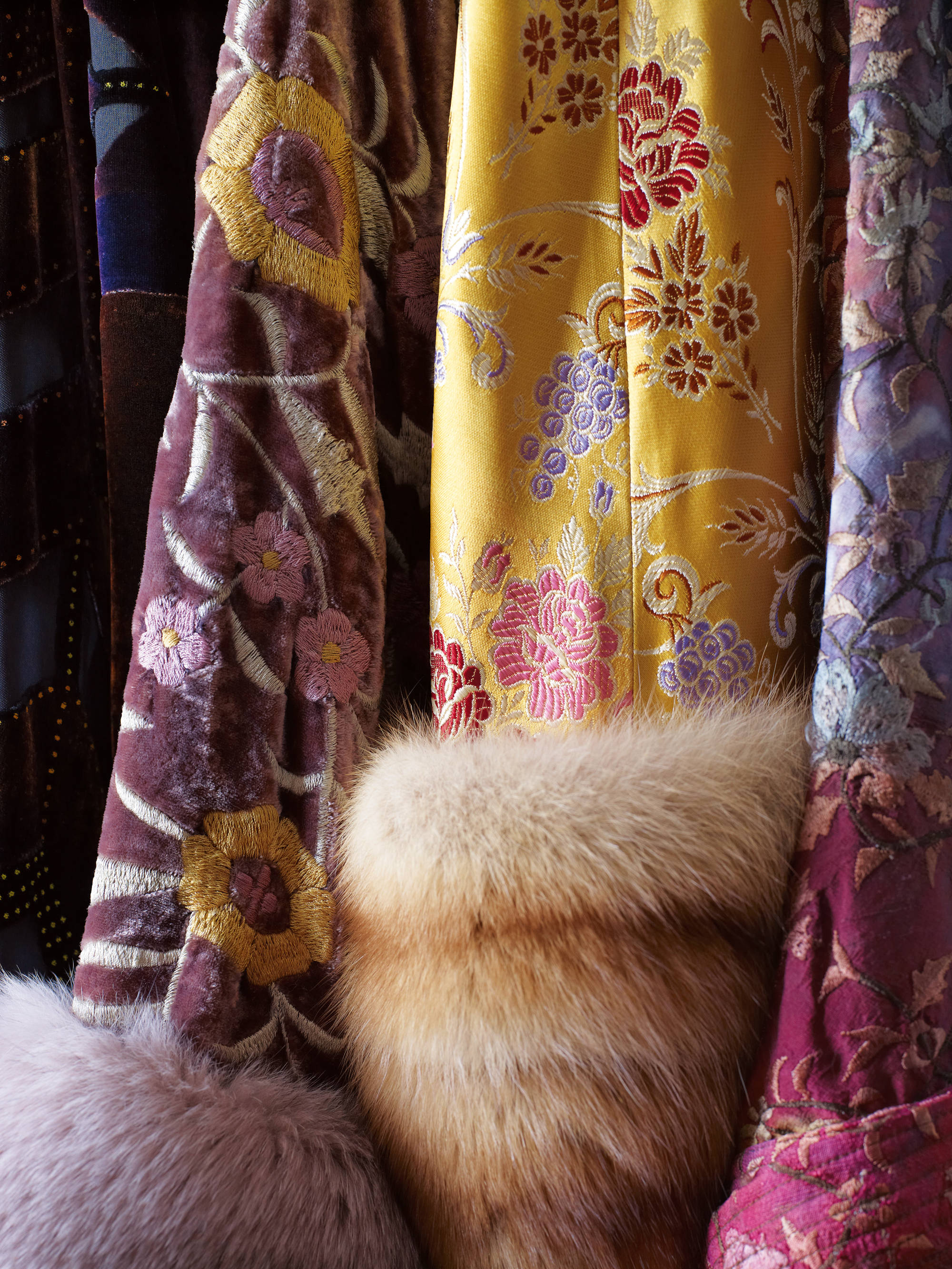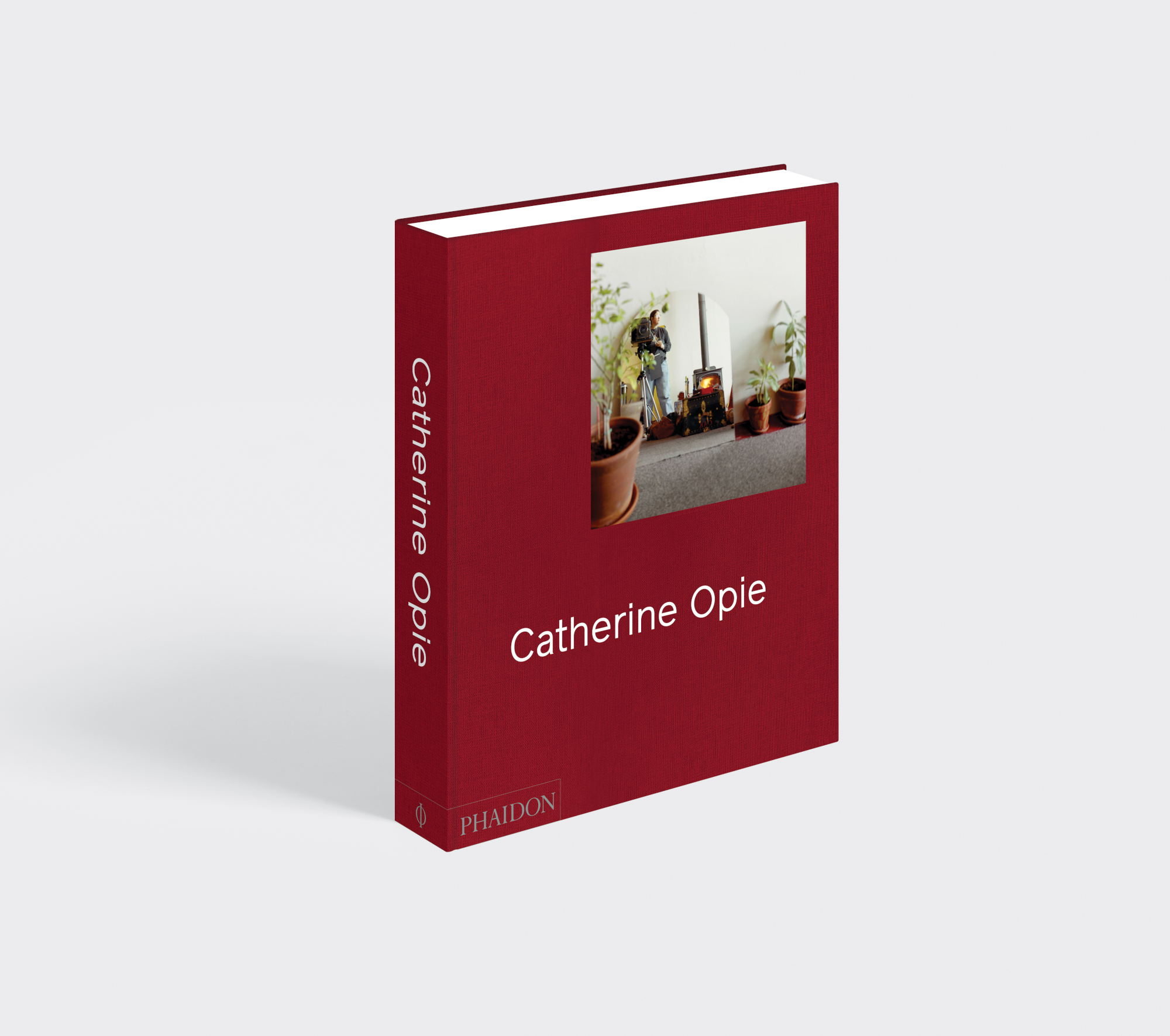
Catherine Opie and Hollywood
Opie gained access to the private home of one of old Hollywood’s biggest icons, and created an incredibly intimate series of images
For a couple of years, about a decade ago, the fine-art photographer Catherine Opie would leave the home she shared with her partner, the painter Julie Burleigh, and head for “the vortex”.
“Julie would be like, ‘Are you going into the vortex today?’” Opie tells the writer and curator Charlotte Cotton in our new book, the long-awaited, first survey of the work of one of America’s foremost contemporary photographers.
“I traveled from my South Central neighborhood, always bustling with noise and radios and people shouting, to Bel Air, to plush purple carpets and the softness of silence,” Opie explains. “It really was a vortex for me on an almost daily basis, slowly watching light go through a room to figure out when the best time to photograph it was.”
The plush interiors of a home belonging to Hollywood’s elite isn’t the most obvious place for Opie to shoot her pictures. For almost 40 years, Opie has been documenting with psychological acuity the cultural and geographic identity of contemporary America. Her projects have taken her into the leather bars of San Francisco and into crowds at protest marches; she’s also documented strip malls, motorways, shot portraits and landscapes, in an unending attempt to capture her country and its multitudes. Though she lives in LA, Opie’s images are quite different from the simple, gaudy, aspirational impression of America produced by the movie business. Nevertheless, the artist turned to one A-list star when creating one of her best-known bodies of work, 700 Nimes Road.
700 Nimes Road was the address of the British-born actress Elizabeth Taylor. Between 2010 and 2012, Opie photographed Taylor’s home producing a kind of sitterless portrait of the late star, who died during Opie’s time at the house.
Opie had undertaken something a little like this in the mid-1990s when she shot her House series - images of the exterior of upscale homes in Bel Air and Beverly Hills, many of which were screened off from the road with tall, metal gates.
“I’m intrigued by the security signage displayed in front of these homes, the protection of the private,” Opie has explained. “The family is a sacred place in which secrets are kept, doors are closed, and no amount of security and surveillance can provide a certain kind of protection. So, the dialogue between private and public interests me a great deal.”
At 700 Nimes Road, however, Opie managed to enter into that private realm, to produce one of her most moving bodies of work. There are no direct depictions of Taylor herself; instead Opie shoots the star’s wardrobe, jewellery, furnishings and domestic appliances, producing a series of images far more humane than any Hollywood portrait shoot.
“There’s also a responsibility to her as the subject to not overarticulate, or dramatize, or be vicarious—to take up a vantage point from within, to come really, but respectfully, close,” the artist explains. “You get to feel her touch. Touch was super important to me. The labels peeling away on all of those jewelry boxes, like the Krupp Diamond photograph that has the little glue rip on the label stuck to a Cartier box . Even the remote-control manual that’s dog-eared—all of those show humanness instead of a miniature world of a celebrity to be gazed at. I needed that touch. Because I wanted you to be given a human being.”
Opie certainly succeeded; via her viewfinder, she punctures the artifice of the silver screen, to offer Taylor one, final, touching close-up. To see the images described, as well as many more images taken by this great artist, order a copy of our Catherine Opie book here.
